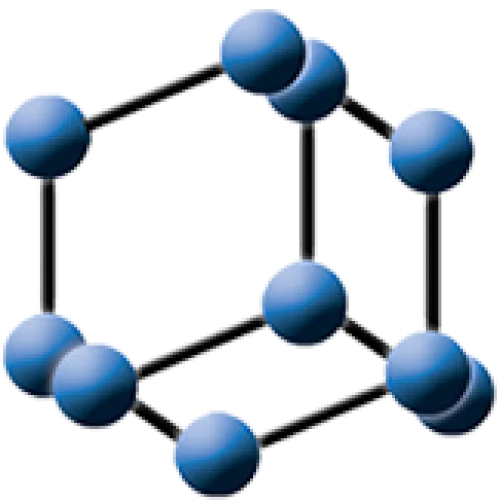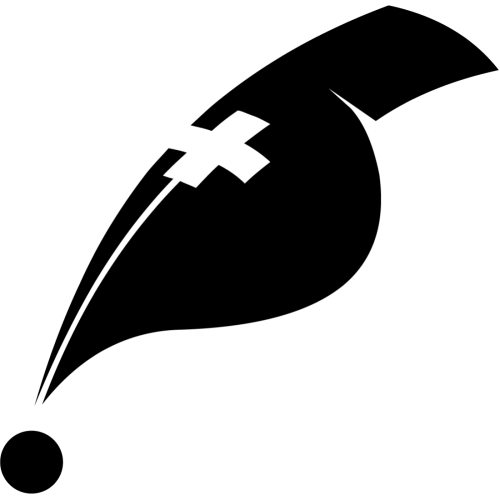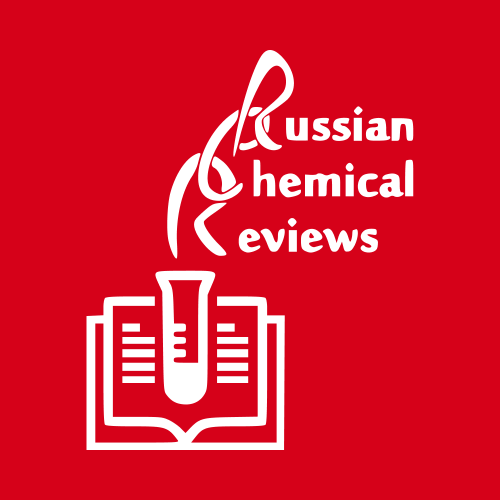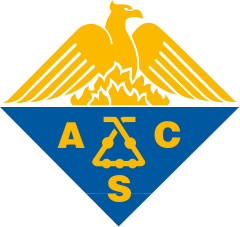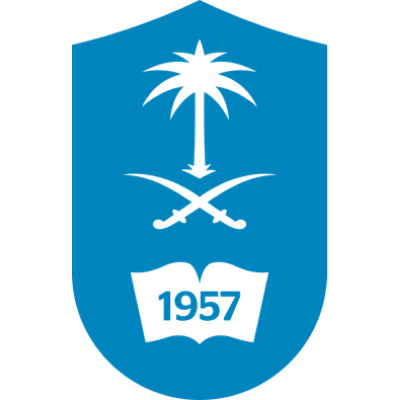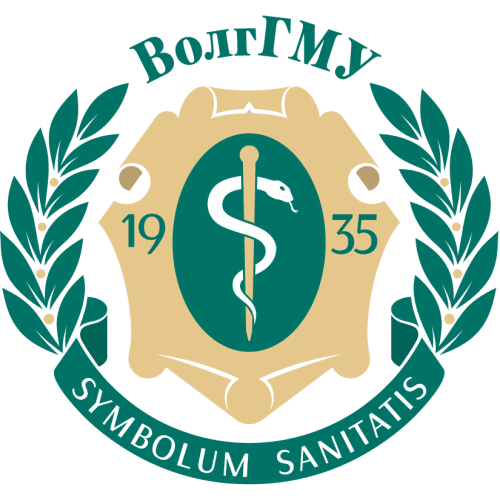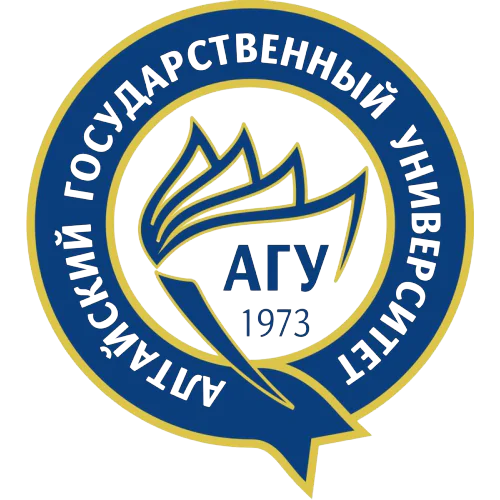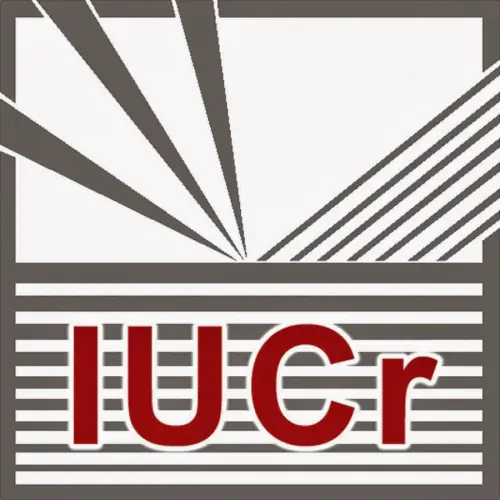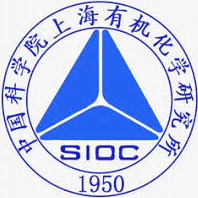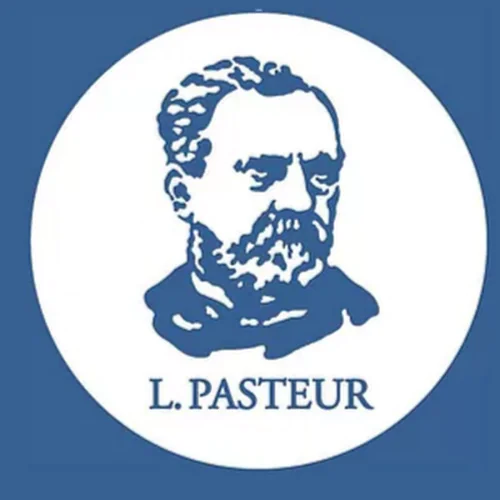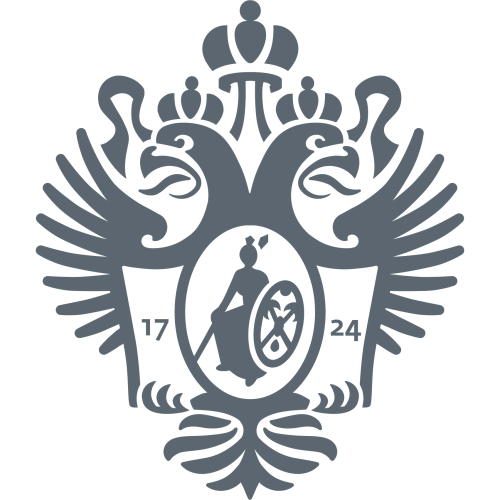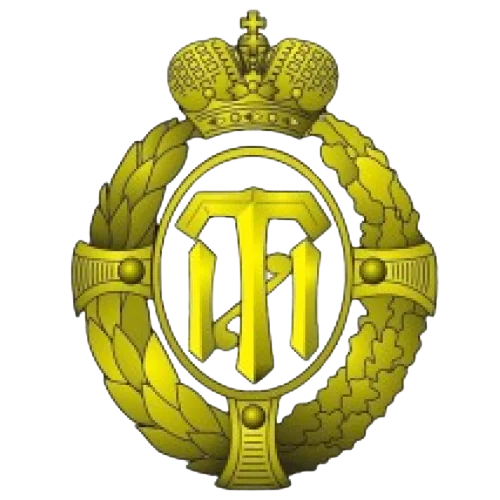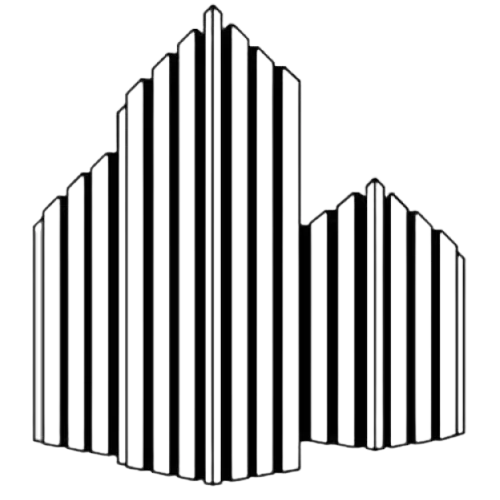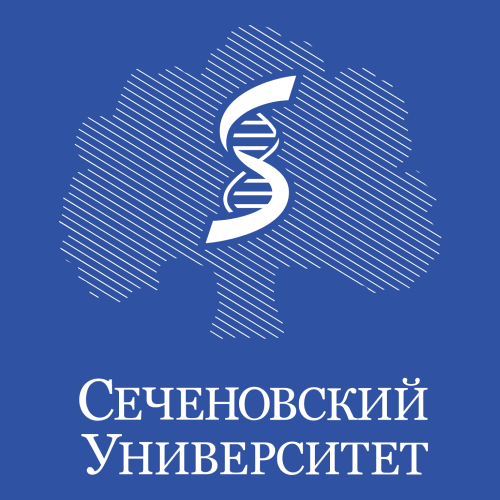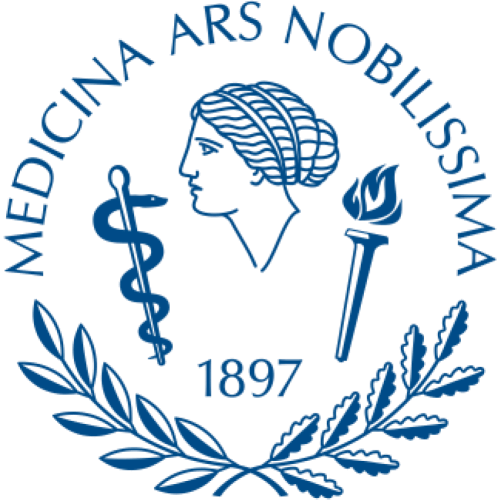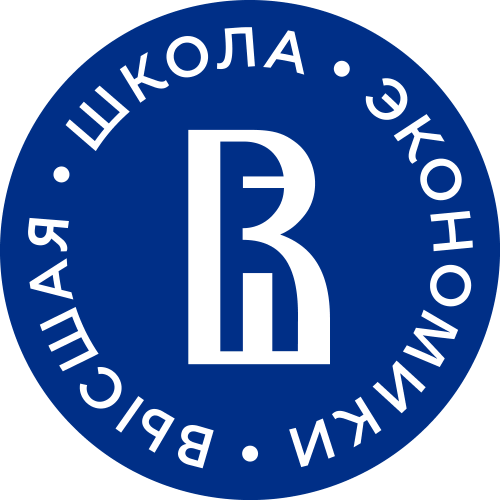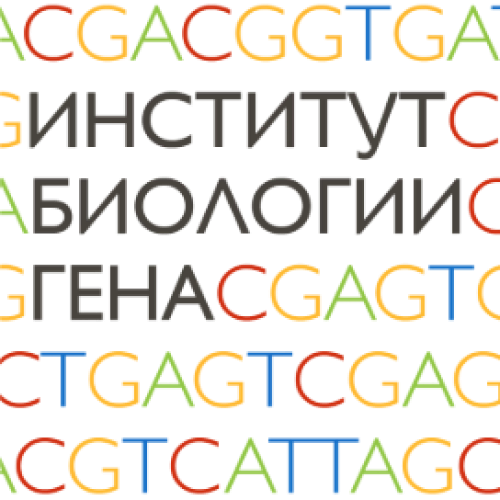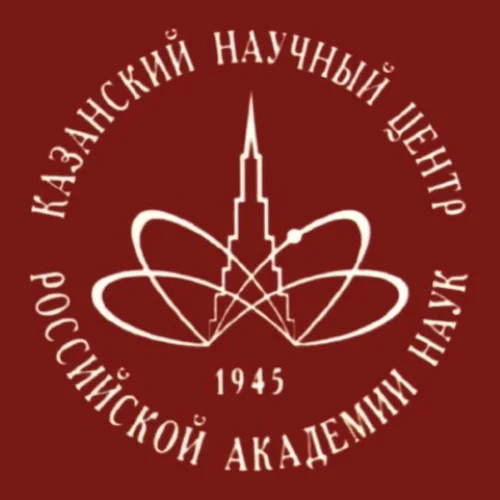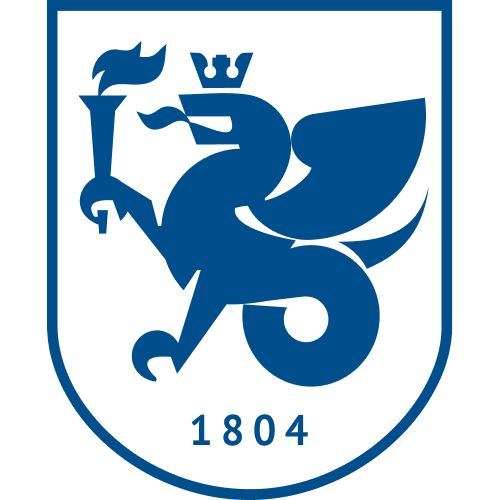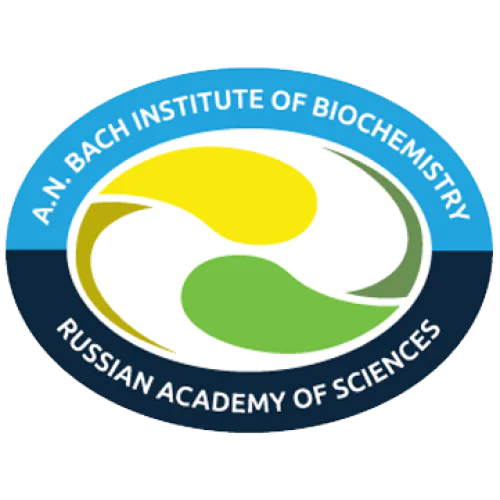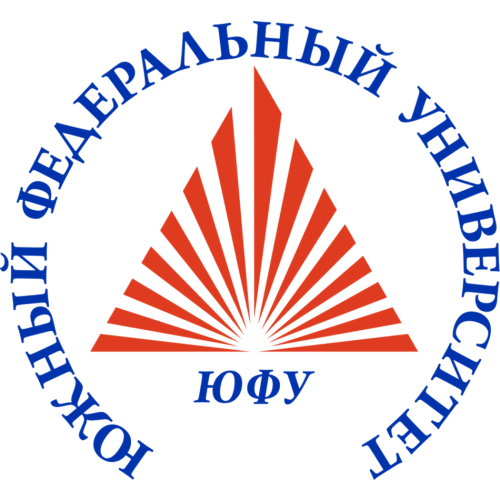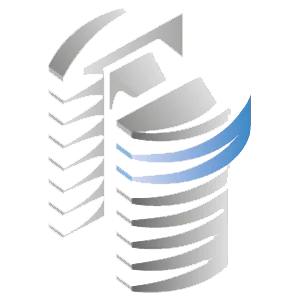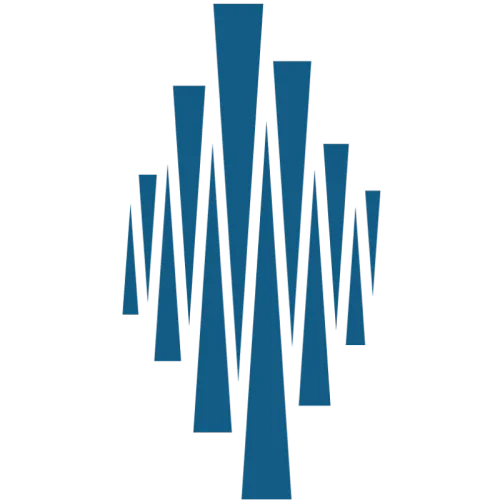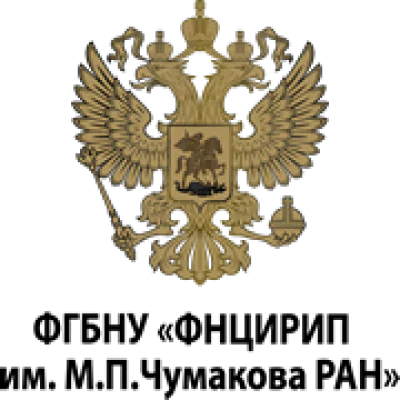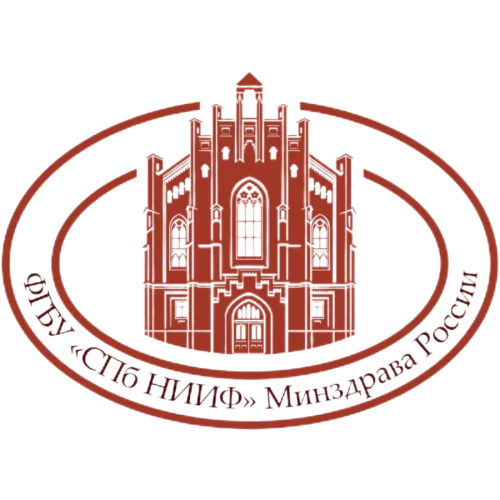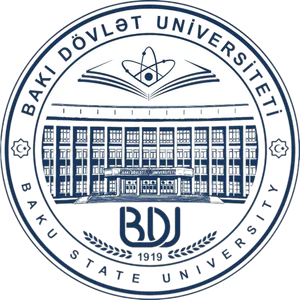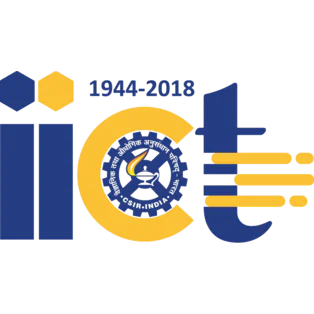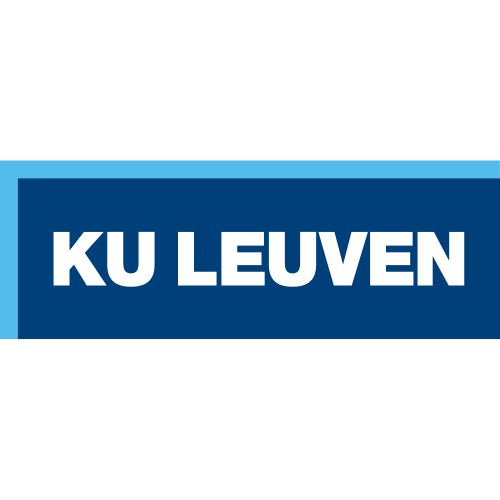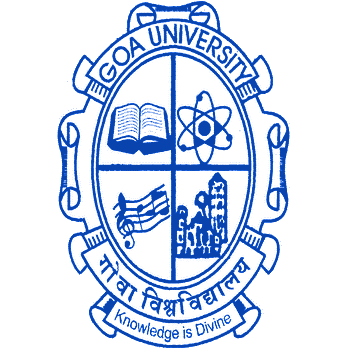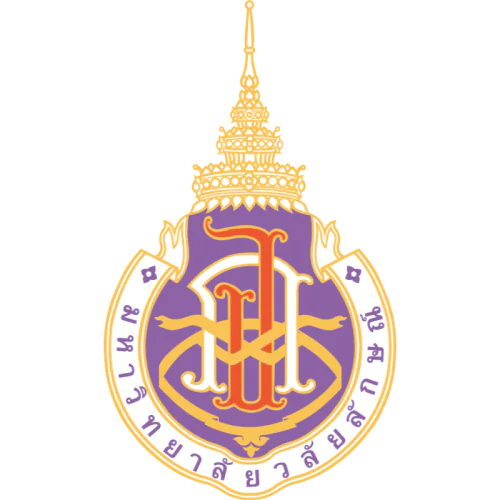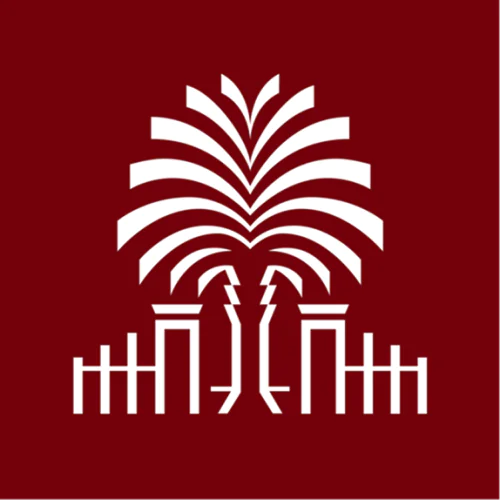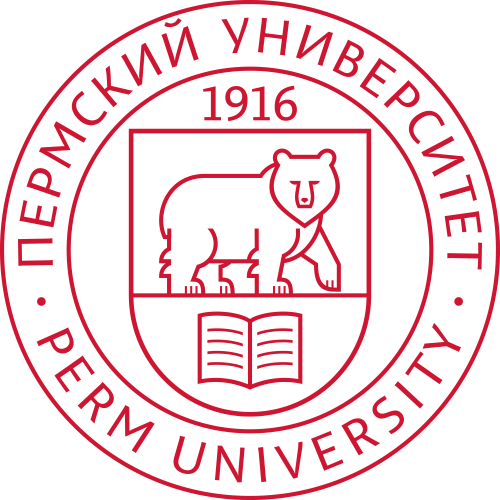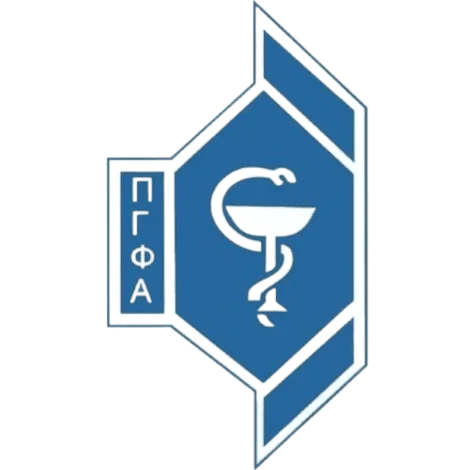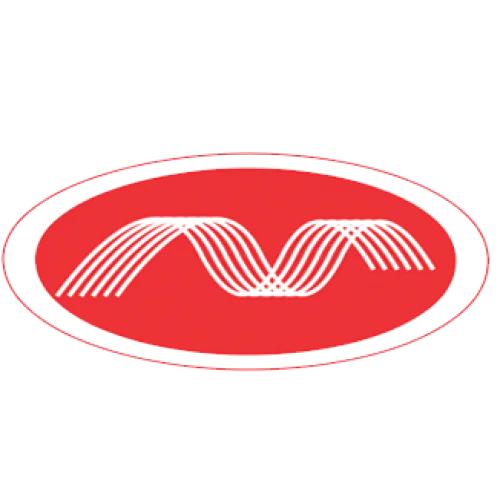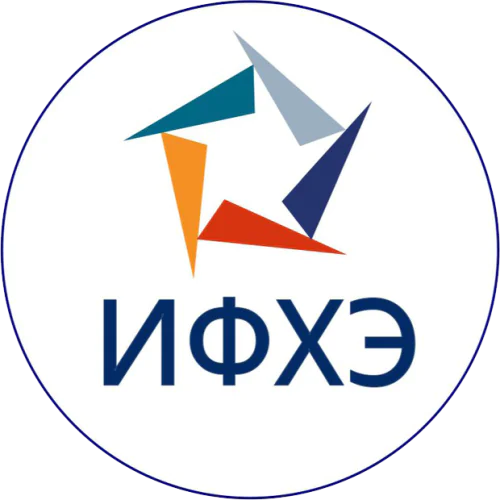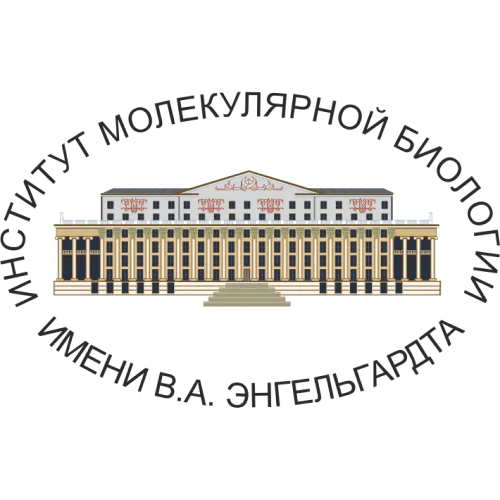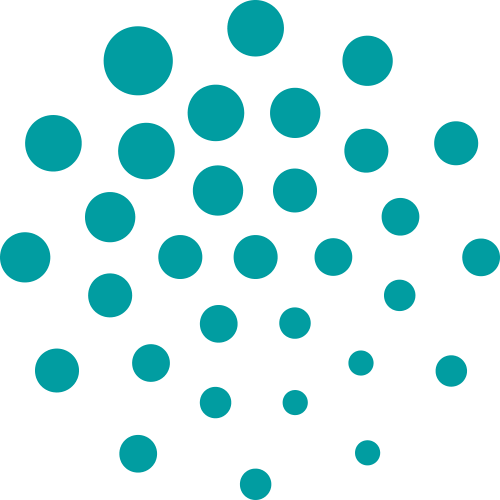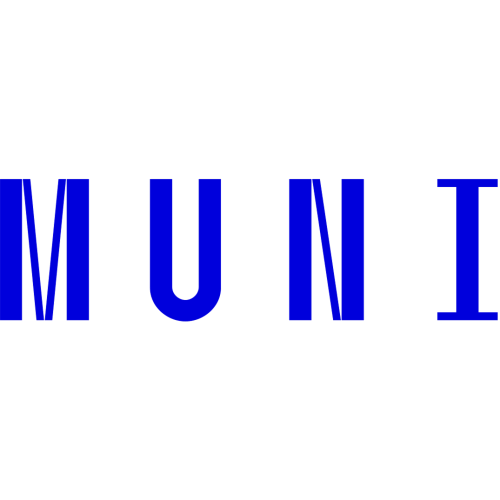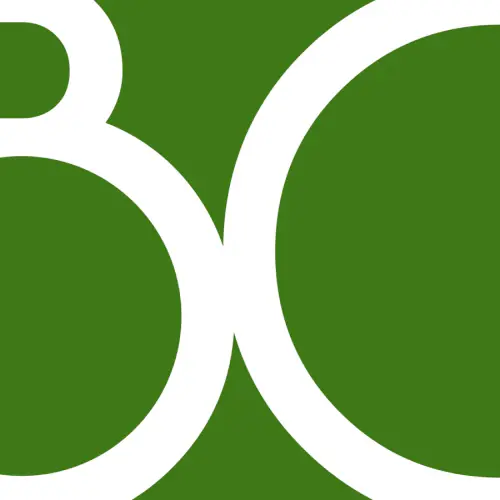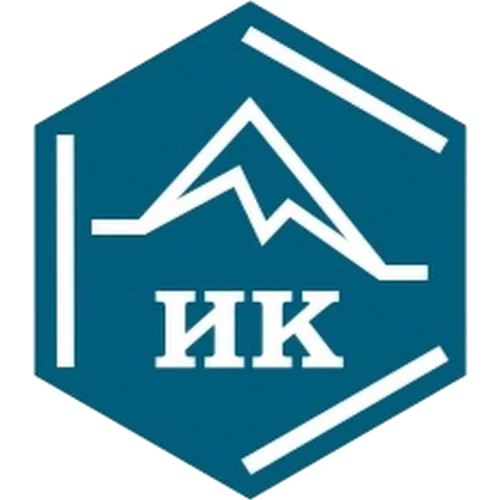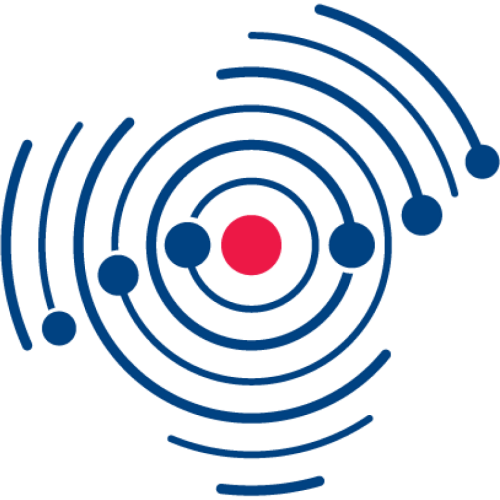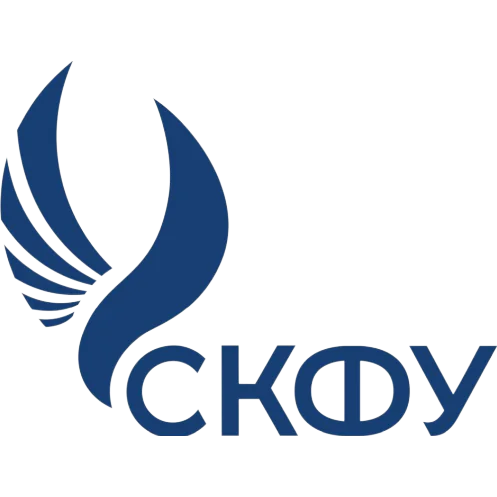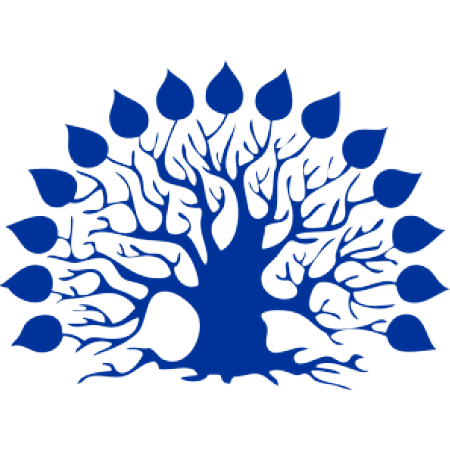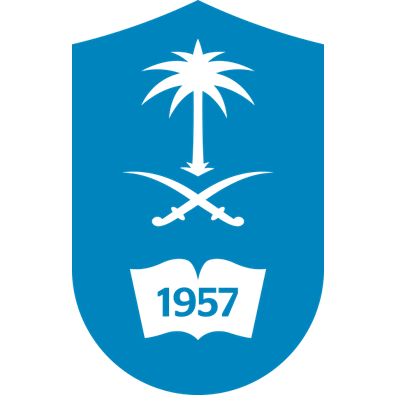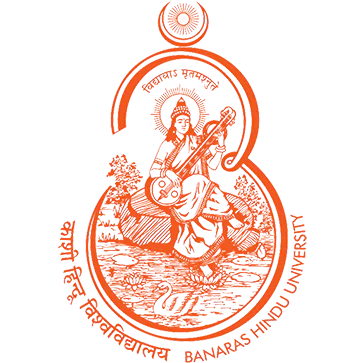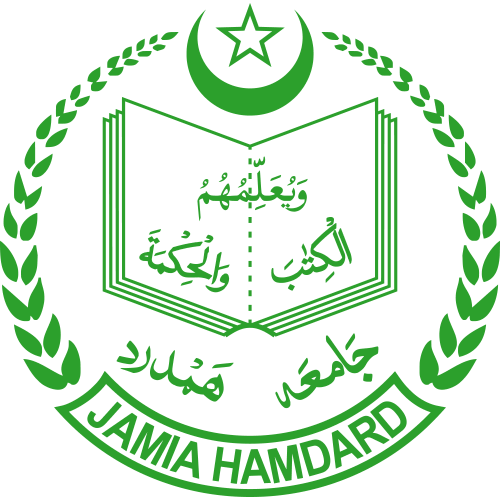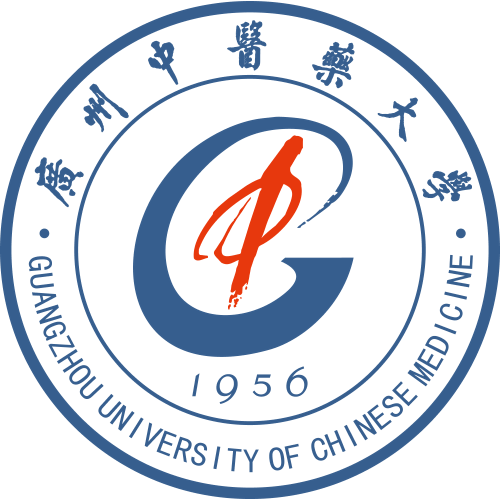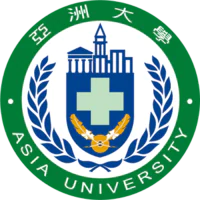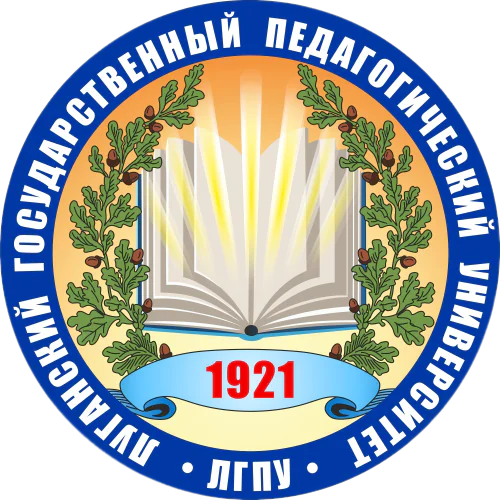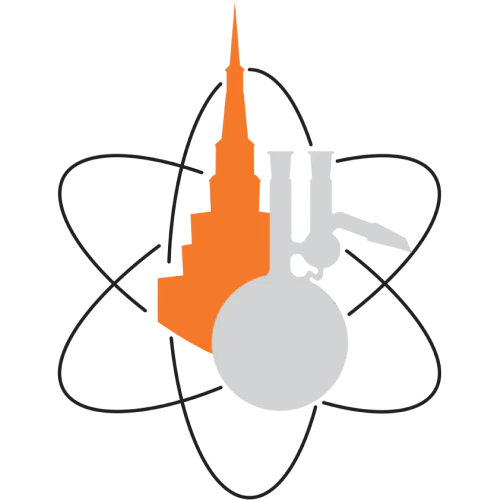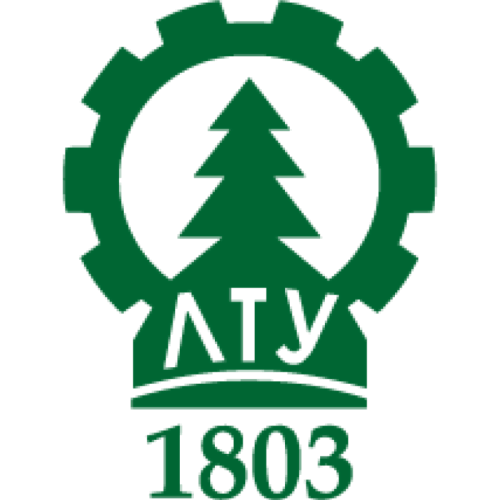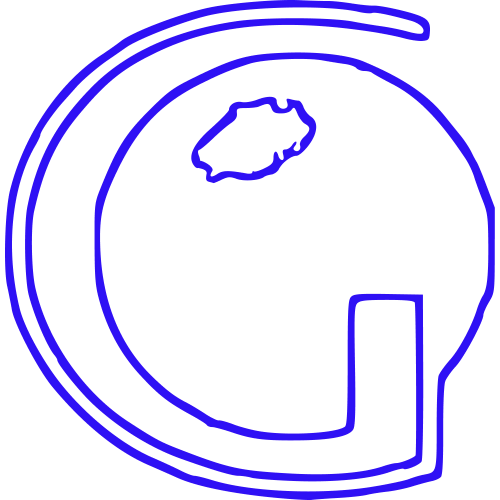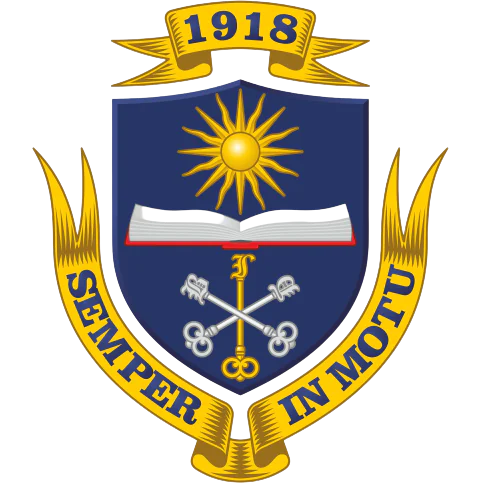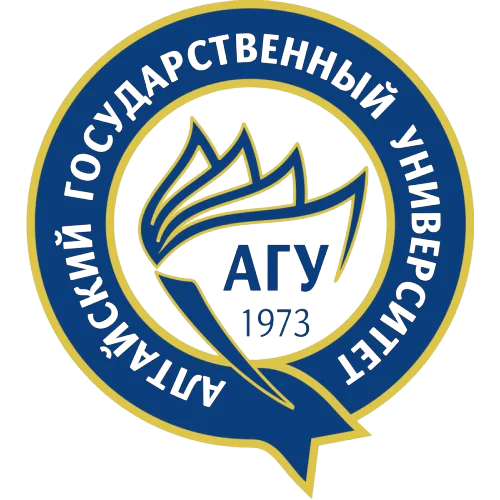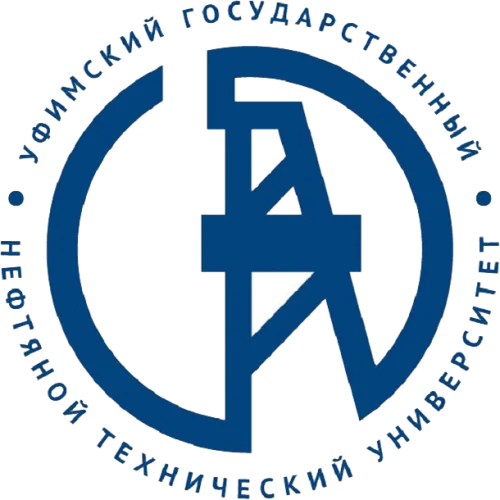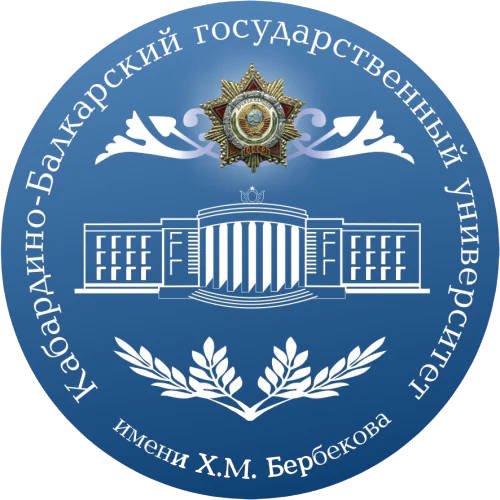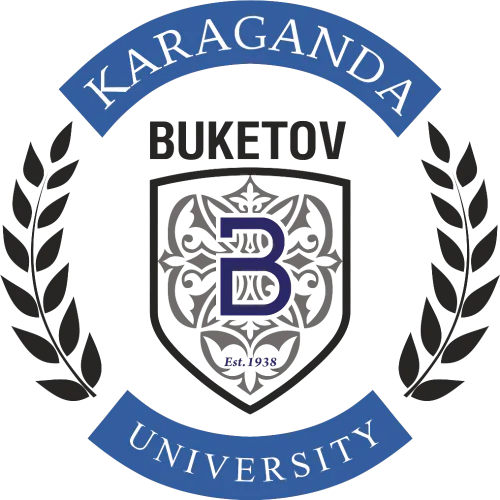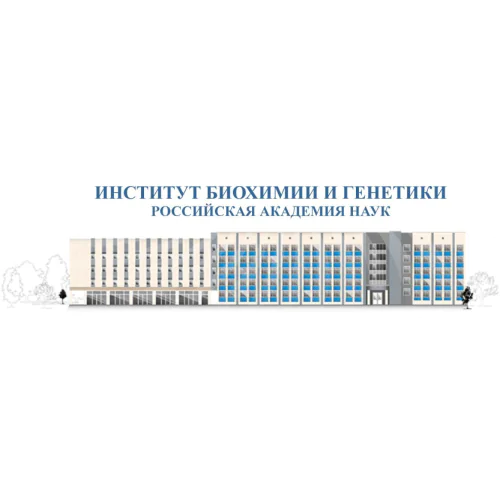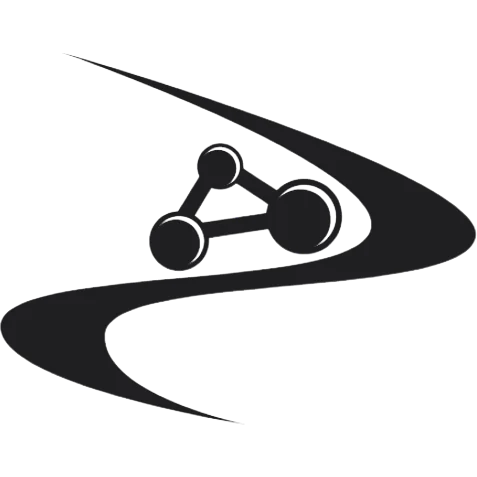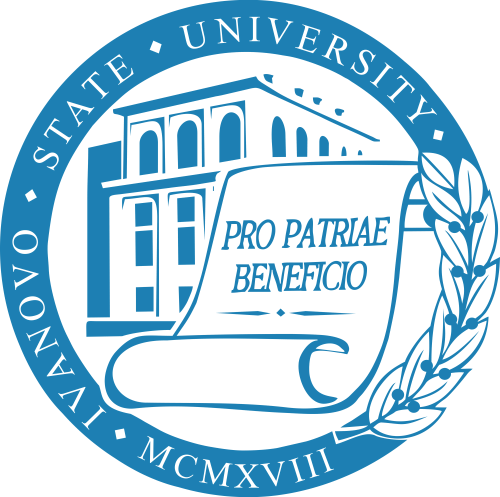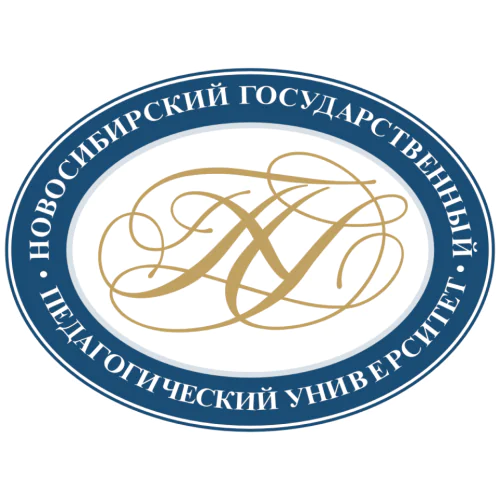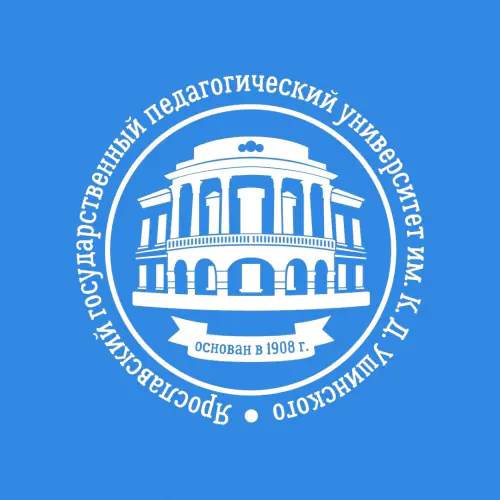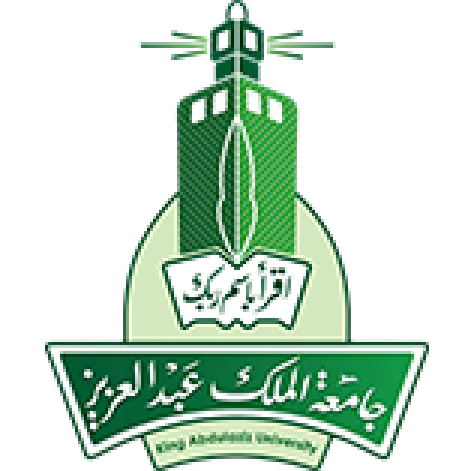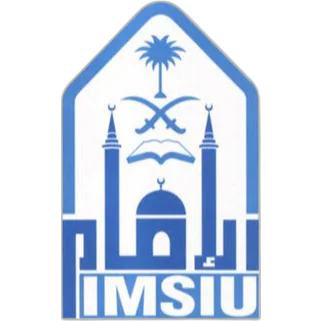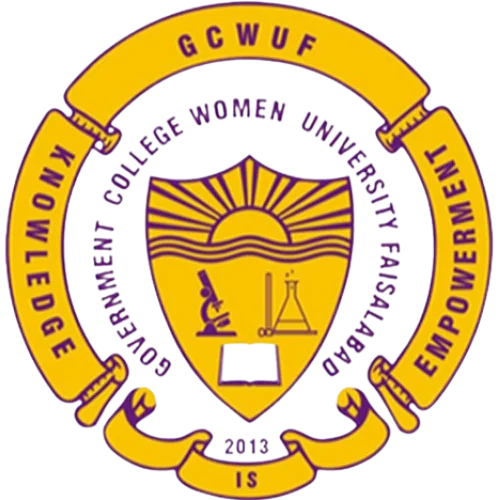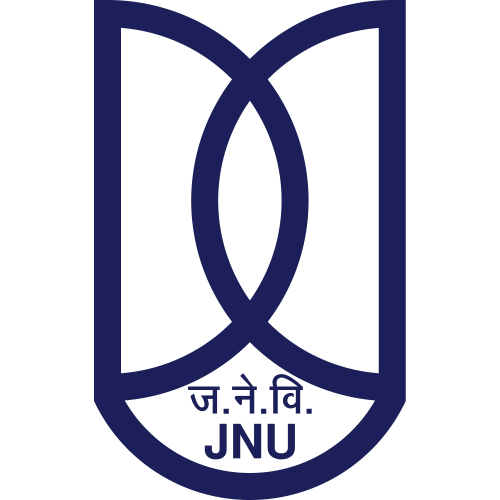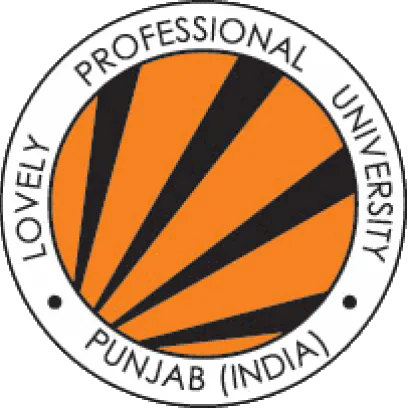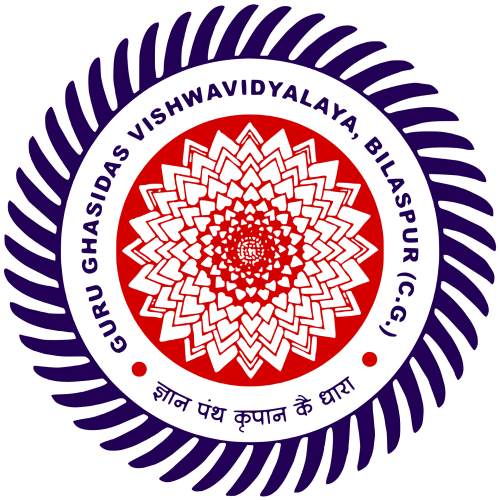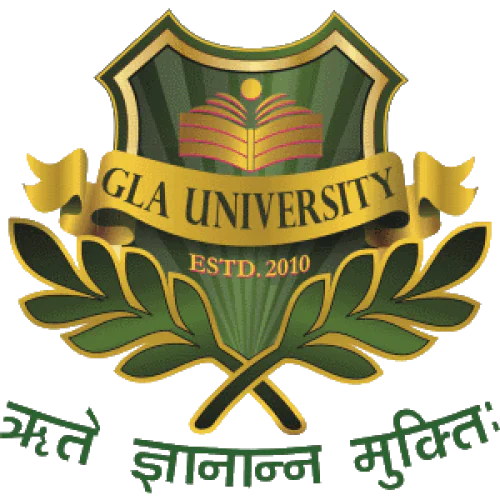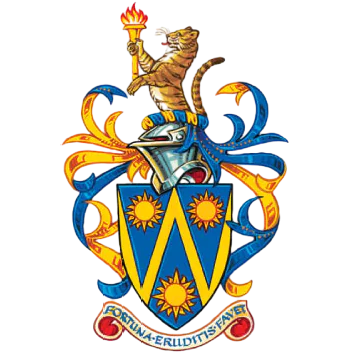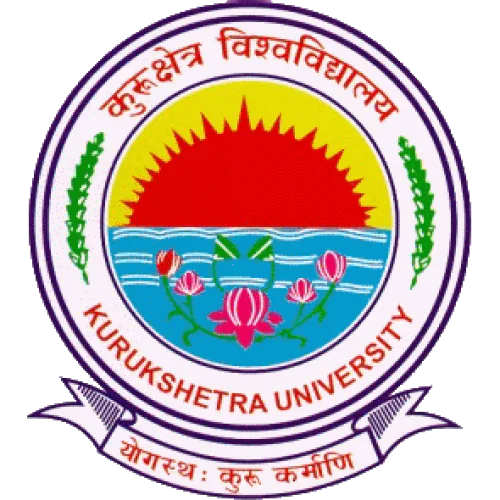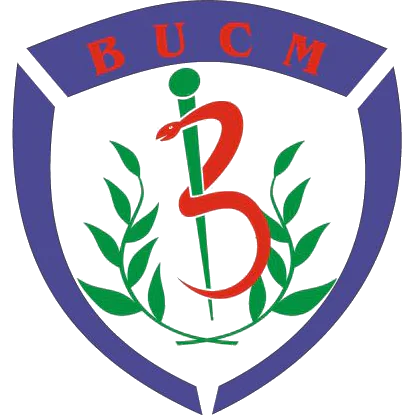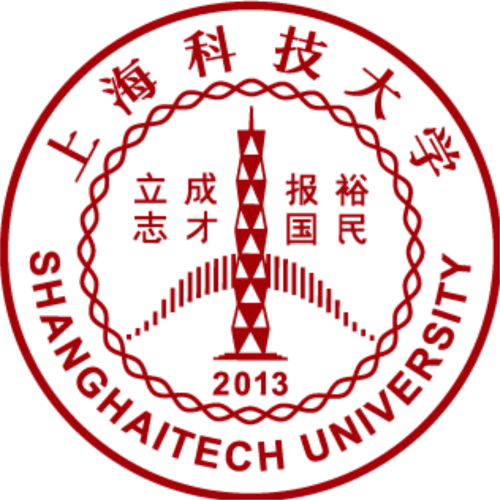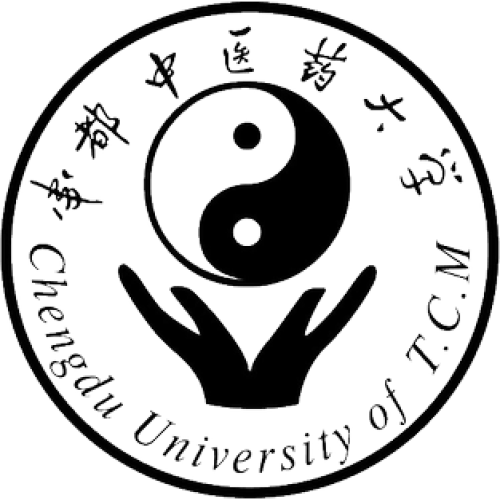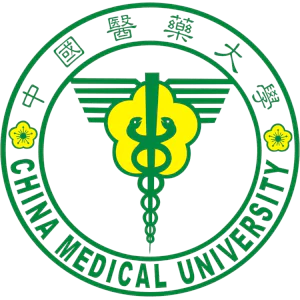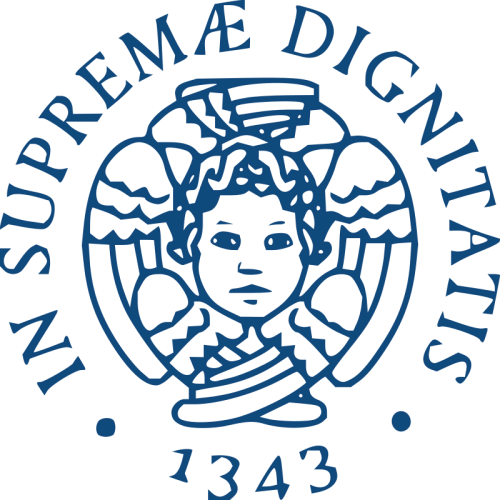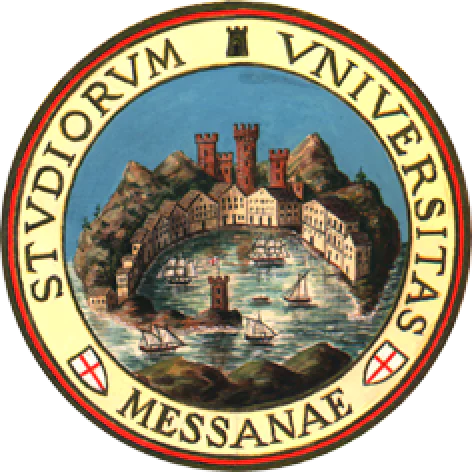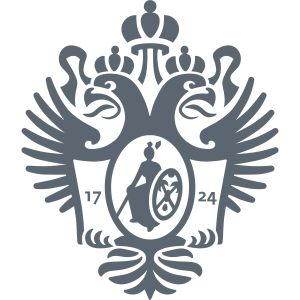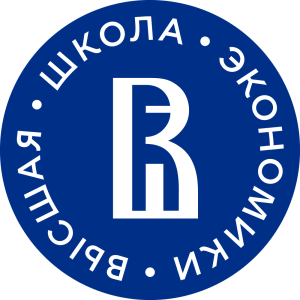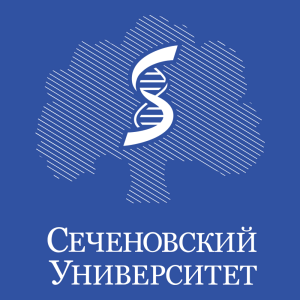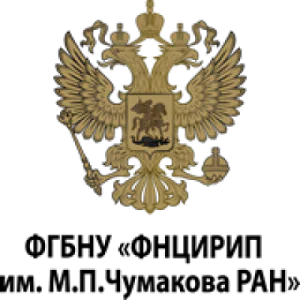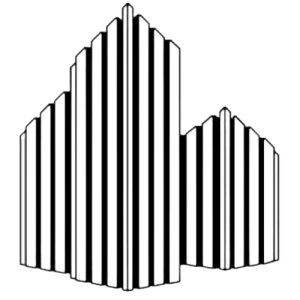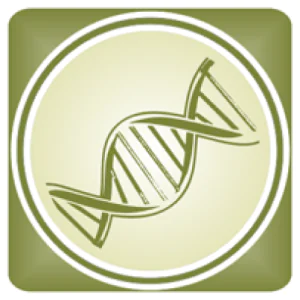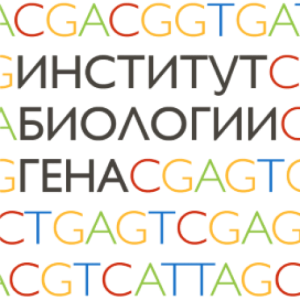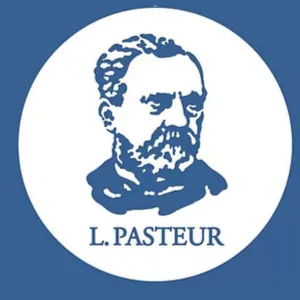Aнастасия Valeryevna Galochkina
PhD in Biological/biomedical sciences
🤝
🤝
Aнастасия is looking for opportunities for scientific collaboration
If you would like to do joint research with him/her, write a message or contact him/her on social media.
Authorization required.
Publications
34
Citations
403
h-index
13
Education
Herzen State Pedagogical University of Russia
2004 — 2009,
Specialist, Biological
Found
Nothing found, try to update filter.
Found
Nothing found, try to update filter.
Found
Nothing found, try to update filter.
Total publications
34
Total citations
403
Citations per publication
11.85
Average publications per year
3.09
Average coauthors
9.41
Publications years
2015-2025 (11 years)
h-index
13
i10-index
17
m-index
1.18
o-index
22
g-index
19
w-index
3
Metrics description
h-index
A scientist has an h-index if h of his N publications are cited at least h times each, while the remaining (N - h) publications are cited no more than h times each.
i10-index
The number of the author's publications that received at least 10 links each.
m-index
The researcher's m-index is numerically equal to the ratio of his h-index to the number of years that have passed since the first publication.
o-index
The geometric mean of the h-index and the number of citations of the most cited article of the scientist.
g-index
For a given set of articles, sorted in descending order of the number of citations that these articles received, the g-index is the largest number such that the g most cited articles received (in total) at least g2 citations.
w-index
If w articles of a researcher have at least 10w citations each and other publications are less than 10(w+1) citations, then the researcher's w-index is equal to w.
Top-100
Fields of science
|
2
4
6
8
10
12
14
|
|
|
Organic Chemistry
|
Organic Chemistry, 14, 41.18%
Organic Chemistry
14 publications, 41.18%
|
|
Drug Discovery
|
Drug Discovery, 11, 32.35%
Drug Discovery
11 publications, 32.35%
|
|
General Medicine
|
General Medicine, 9, 26.47%
General Medicine
9 publications, 26.47%
|
|
Biochemistry
|
Biochemistry, 7, 20.59%
Biochemistry
7 publications, 20.59%
|
|
Pharmaceutical Science
|
Pharmaceutical Science, 7, 20.59%
Pharmaceutical Science
7 publications, 20.59%
|
|
Molecular Medicine
|
Molecular Medicine, 7, 20.59%
Molecular Medicine
7 publications, 20.59%
|
|
Virology
|
Virology, 7, 20.59%
Virology
7 publications, 20.59%
|
|
Physical and Theoretical Chemistry
|
Physical and Theoretical Chemistry, 5, 14.71%
Physical and Theoretical Chemistry
5 publications, 14.71%
|
|
Infectious Diseases
|
Infectious Diseases, 4, 11.76%
Infectious Diseases
4 publications, 11.76%
|
|
Molecular Biology
|
Molecular Biology, 3, 8.82%
Molecular Biology
3 publications, 8.82%
|
|
Analytical Chemistry
|
Analytical Chemistry, 3, 8.82%
Analytical Chemistry
3 publications, 8.82%
|
|
Chemistry (miscellaneous)
|
Chemistry (miscellaneous), 3, 8.82%
Chemistry (miscellaneous)
3 publications, 8.82%
|
|
General Pharmacology, Toxicology and Pharmaceutics
|
General Pharmacology, Toxicology and Pharmaceutics, 3, 8.82%
General Pharmacology, Toxicology and Pharmaceutics
3 publications, 8.82%
|
|
General Chemistry
|
General Chemistry, 2, 5.88%
General Chemistry
2 publications, 5.88%
|
|
Pharmacology
|
Pharmacology, 2, 5.88%
Pharmacology
2 publications, 5.88%
|
|
Immunology
|
Immunology, 2, 5.88%
Immunology
2 publications, 5.88%
|
|
Catalysis
|
Catalysis, 1, 2.94%
Catalysis
1 publication, 2.94%
|
|
Inorganic Chemistry
|
Inorganic Chemistry, 1, 2.94%
Inorganic Chemistry
1 publication, 2.94%
|
|
Computer Science Applications
|
Computer Science Applications, 1, 2.94%
Computer Science Applications
1 publication, 2.94%
|
|
Spectroscopy
|
Spectroscopy, 1, 2.94%
Spectroscopy
1 publication, 2.94%
|
|
Clinical Biochemistry
|
Clinical Biochemistry, 1, 2.94%
Clinical Biochemistry
1 publication, 2.94%
|
|
Microbiology (medical)
|
Microbiology (medical), 1, 2.94%
Microbiology (medical)
1 publication, 2.94%
|
|
Microbiology
|
Microbiology, 1, 2.94%
Microbiology
1 publication, 2.94%
|
|
Bioengineering
|
Bioengineering, 1, 2.94%
Bioengineering
1 publication, 2.94%
|
|
General Energy
|
General Energy, 1, 2.94%
General Energy
1 publication, 2.94%
|
|
Immunology and Allergy
|
Immunology and Allergy, 1, 2.94%
Immunology and Allergy
1 publication, 2.94%
|
|
2
4
6
8
10
12
14
|
Journals
|
1
2
3
|
|
|
Molecules
3 publications, 8.82%
|
|
|
Medicinal Chemistry Research
3 publications, 8.82%
|
|
|
Archives of Virology
3 publications, 8.82%
|
|
|
Tetrahedron Letters
2 publications, 5.88%
|
|
|
Organic and Biomolecular Chemistry
1 publication, 2.94%
|
|
|
Bioorganic and Medicinal Chemistry
1 publication, 2.94%
|
|
|
Pharmaceuticals
1 publication, 2.94%
|
|
|
European Journal of Pharmacology
1 publication, 2.94%
|
|
|
Virology
1 publication, 2.94%
|
|
|
Viruses
1 publication, 2.94%
|
|
|
Tetrahedron
1 publication, 2.94%
|
|
|
Voprosy Virusologii
1 publication, 2.94%
|
|
|
Letters in Drug Design and Discovery
1 publication, 2.94%
|
|
|
European Journal of Medicinal Chemistry
1 publication, 2.94%
|
|
|
Russian Journal of Infection and Immunity
1 publication, 2.94%
|
|
|
Russian Journal of General Chemistry
1 publication, 2.94%
|
|
|
Russian Journal of Bioorganic Chemistry
1 publication, 2.94%
|
|
|
Chemistry and Biodiversity
1 publication, 2.94%
|
|
|
International Journal of Molecular Sciences
1 publication, 2.94%
|
|
|
Archiv der Pharmazie
1 publication, 2.94%
|
|
|
Antibiotiki i Khimioterapiya
1 publication, 2.94%
|
|
|
Antiviral Research
1 publication, 2.94%
|
|
|
Immunologiya
1 publication, 2.94%
|
|
|
Meditsinskiy sovet = Medical Council
1 publication, 2.94%
|
|
|
Laboratornye Zhivotnye dlya nauchnych issledovanii (Laboratory Animals for Science)
1 publication, 2.94%
|
|
|
Medical academic journal
1 publication, 2.94%
|
|
|
1
2
3
|
Citing journals
Publishers
|
1
2
3
4
5
6
7
8
|
|
|
Elsevier
8 publications, 23.53%
|
|
|
Springer Nature
6 publications, 17.65%
|
|
|
MDPI
6 publications, 17.65%
|
|
|
Wiley
2 publications, 5.88%
|
|
|
Pleiades Publishing
2 publications, 5.88%
|
|
|
Bentham Science Publishers Ltd.
1 publication, 2.94%
|
|
|
Royal Society of Chemistry (RSC)
1 publication, 2.94%
|
|
|
Eco-Vector LLC
1 publication, 2.94%
|
|
|
Saint Petersburg Pasteur Institute
1 publication, 2.94%
|
|
|
Russian Vrach, Publishing House Ltd.
1 publication, 2.94%
|
|
|
Remedium, Ltd.
1 publication, 2.94%
|
|
|
Central Research Institute for Epidemiology
1 publication, 2.94%
|
|
|
Geotar-Media Publishing Group
1 publication, 2.94%
|
|
|
Publishing House OKI
1 publication, 2.94%
|
|
|
1
2
3
4
5
6
7
8
|
Organizations from articles
|
5
10
15
20
25
|
|
|
Smorodintsev Research Institute of Influenza
21 publications, 61.76%
|
|
|
Saint-Petersburg Pasteur Institute
10 publications, 29.41%
|
|
|
N.N. Vorozhtsov Novosibirsk Institute of Organic Chemistry of the Siberian Branch of the Russian Academy of Sciences
10 publications, 29.41%
|
|
|
Saint Petersburg State University
7 publications, 20.59%
|
|
|
Ufa Federal Research Center of the Russian Academy of Sciences
4 publications, 11.76%
|
|
|
Organization not defined
|
Organization not defined, 3, 8.82%
Organization not defined
3 publications, 8.82%
|
|
Ufa Institute of Chemistry of the Ufa Federal Research Center of the Russian Academy of Sciences
3 publications, 8.82%
|
|
|
Novosibirsk State University
3 publications, 8.82%
|
|
|
Peter the Great St. Petersburg Polytechnic University
3 publications, 8.82%
|
|
|
St. Petersburg State Technological Institute (Technical University)
3 publications, 8.82%
|
|
|
Lomonosov Moscow State University
2 publications, 5.88%
|
|

Shemyakin-Ovchinnikov Institute of Bioorganic Chemistry of the Russian Academy of Sciences
2 publications, 5.88%
|
|
|
Institute of Cytology of the Russian Academy of Sciences
2 publications, 5.88%
|
|
|
A.E. Favorsky Irkutsk Institute of Chemistry of the Siberian Branch of the Russian Academy of Sciences
2 publications, 5.88%
|
|
|
ITMO University
2 publications, 5.88%
|
|
|
Sechenov First Moscow State Medical University
2 publications, 5.88%
|
|
|
First Pavlov State Medical University of St. Petersburg
2 publications, 5.88%
|
|
|
A.N.Nesmeyanov Institute of Organoelement Compounds of the Russian Academy of Sciences
1 publication, 2.94%
|
|
|
Skolkovo Institute of Science and Technology
1 publication, 2.94%
|
|
|
National Research University Higher School of Economics
1 publication, 2.94%
|
|
|
National Research Nuclear University MEPhI
1 publication, 2.94%
|
|
|
Institute of Gene Biology of the Russian Academy of Sciences
1 publication, 2.94%
|
|
|
Institute of Chemical Biology and Fundamental Medicine of the Siberian Branch of the Russian Academy of Sciences
1 publication, 2.94%
|
|
|
Institute of Macromolecular Compounds of NRC «Kurchatov Institute»
1 publication, 2.94%
|
|
|
Postovsky Institute of Organic Synthesis of the Ural Branch of the Russian Academy of Sciences
1 publication, 2.94%
|
|
|
Kazan Scientific Center of the Russian Academy of Sciences
1 publication, 2.94%
|
|
|
Kazan Federal University
1 publication, 2.94%
|
|
|
Peoples' Friendship University of Russia
1 publication, 2.94%
|
|
|
Bach Institute of Biochemistry of the Russian Academy of Sciences
1 publication, 2.94%
|
|

Federal Research Centre “Fundamentals of Biotechnology” of the Russian Academy of Sciences
1 publication, 2.94%
|
|
|
Southern Federal University
1 publication, 2.94%
|
|
|
St Petersburg National Research Academic University of the Russian Academy of Sciences
1 publication, 2.94%
|
|
|
Perm National Research Polytechnic University
1 publication, 2.94%
|
|
|
N.N. Blokhin National Medical Research Center of Oncology
1 publication, 2.94%
|
|
|
Kazan E.K. Zavoisky Physical-Technical Institute of the Kazan Scientific Center of the Russian Academy of Sciences
1 publication, 2.94%
|
|
|
Institute of Physical Organic Chemistry of the National Academy of Sciences of Belarus
1 publication, 2.94%
|
|
|
M.P. Chumakov Federal Scientific Center for Research and Development of Immunobiological Drugs of the Russian Academy of Sciences
1 publication, 2.94%
|
|
|
Gause Institute of New Antibiotics
1 publication, 2.94%
|
|
|
Saint-Petersburg Research Institute of Phthisiopulmonology
1 publication, 2.94%
|
|
|
Baku State University
1 publication, 2.94%
|
|
|
Indian Institute of Chemical Technology
1 publication, 2.94%
|
|
|
Katholieke Universiteit Leuven
1 publication, 2.94%
|
|
|
University of Lisbon
1 publication, 2.94%
|
|
|
University of Nottingham, Malaysia Campus
1 publication, 2.94%
|
|
|
Goa University
1 publication, 2.94%
|
|
|
Walailak University
1 publication, 2.94%
|
|
|
Institute of Macromolecular Chemistry Petru Poni Romanian Academy
1 publication, 2.94%
|
|
|
University of South Carolina Sumter
1 publication, 2.94%
|
|
|
5
10
15
20
25
|
|
Countries from articles
|
5
10
15
20
25
30
35
|
|
|
Russia
|
Russia, 31, 91.18%
Russia
31 publications, 91.18%
|
|
Country not defined
|
Country not defined, 5, 14.71%
Country not defined
5 publications, 14.71%
|
|
USA
|
USA, 2, 5.88%
USA
2 publications, 5.88%
|
|
India
|
India, 2, 5.88%
India
2 publications, 5.88%
|
|
Belarus
|
Belarus, 1, 2.94%
Belarus
1 publication, 2.94%
|
|
Portugal
|
Portugal, 1, 2.94%
Portugal
1 publication, 2.94%
|
|
Azerbaijan
|
Azerbaijan, 1, 2.94%
Azerbaijan
1 publication, 2.94%
|
|
Bangladesh
|
Bangladesh, 1, 2.94%
Bangladesh
1 publication, 2.94%
|
|
Belgium
|
Belgium, 1, 2.94%
Belgium
1 publication, 2.94%
|
|
Malaysia
|
Malaysia, 1, 2.94%
Malaysia
1 publication, 2.94%
|
|
Romania
|
Romania, 1, 2.94%
Romania
1 publication, 2.94%
|
|
Thailand
|
Thailand, 1, 2.94%
Thailand
1 publication, 2.94%
|
|
5
10
15
20
25
30
35
|
Citing organizations
Citing countries
- We do not take into account publications without a DOI.
- Statistics recalculated daily.
This section displays the profiles of scientists registered on the platform. To display the full list, invite your colleagues to register.










